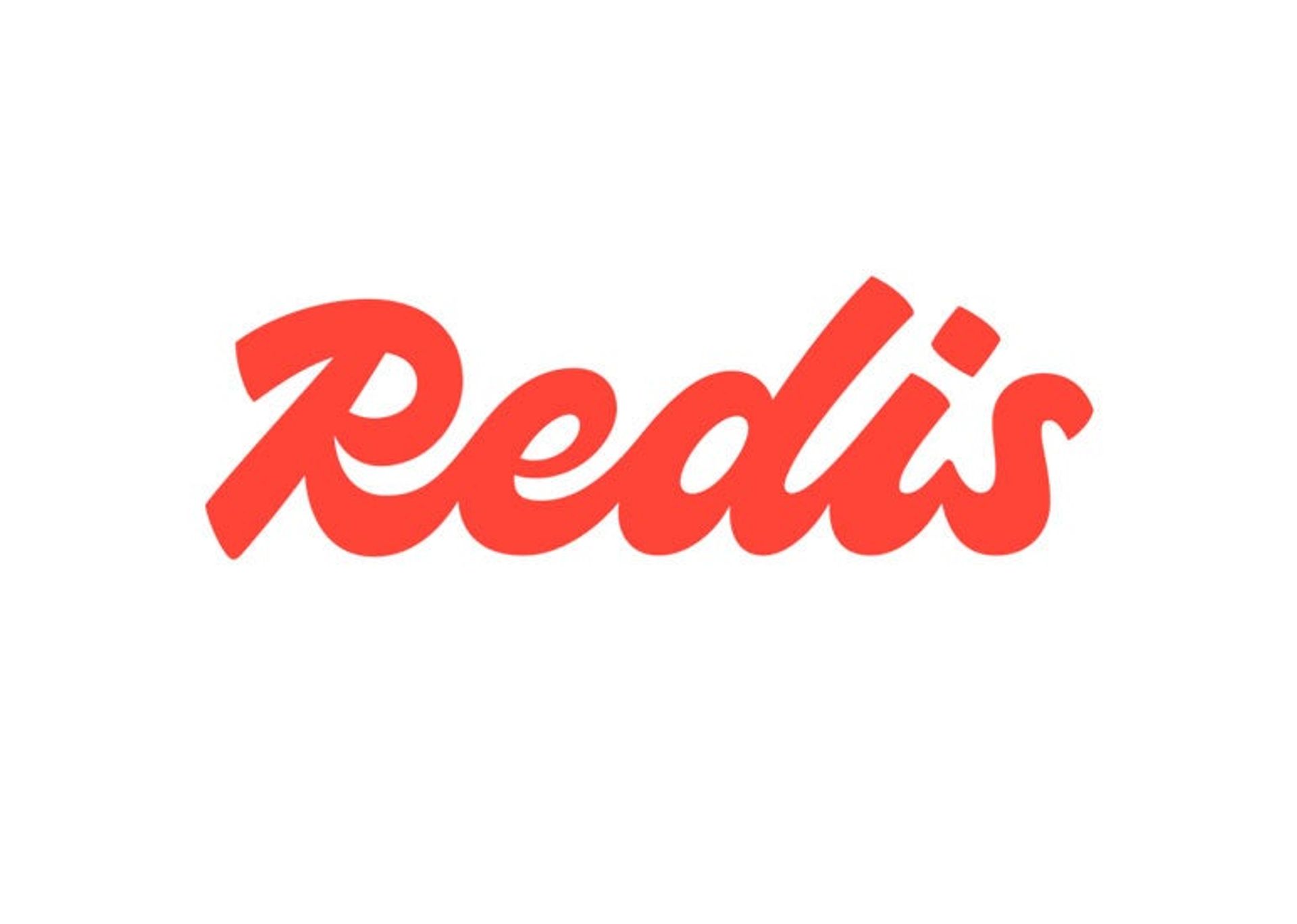Blog
How to Create a Healthy Lifestyle App Using Spring Boot and Redis
It’s not easy training your body out of bad habits. Whether that’s having a poor diet or slacking off at the gym, or ignoring it altogether, much of it comes down to mindset. Personal development is a trend that’s galvanized many of us to shake off bad habits and transform ourselves into new and better people.
But invoking serious change begins with measuring your progress to determine whether the two steps you’ve made have taken you closer or further away from your goal. Without any forms of measurement, the journey can become rudderless.
Helping to keep you on the right track is ABettaMe – a healthy lifestyle app that allows you to measure different variables to see how far you’ve progressed with your goals. Through this application, you can experiment with different diets and exercises to see what impact they have on your health.
Redis was leveraged to streamline data transmission between components and to create an application that was highly responsive to the user’s commands. Let’s take a look at how this application was put together.
But before we go any further, we’d like to point out that you can discover a variety of innovative applications just like ABettaMe on the Redis Launchpad.
So make sure to check them out after this post!
- What will you build?
- What will you need?
- Architecture
- Getting started
- How the application works
1. What will you build?
You’ll build an application that will help users make important lifestyle changes by allowing them to measure progress in granular detail. Below we’ll show you how to bring this application to life by walking you through each stage of the implementation process, along with the components you’ll need.
Ready to get started?
Ok, let’s dive straight in.
2. What will you need?
This project is composed of five different components. In each section, we’ll highlight all of the different technologies and tools required to build the application.
ABettaMe Dashboard
- Typescript: used as a superset of the Javascript language that has a single open-source compiler.
- React:used as a Javascript library for building user interfaces.
ABettaMe Gateway
- Javascript: the text-based programming language used both on the client-side and server-side
- Spring Cloud Gateway: gives you a library for building an API gateway on top of Spring WebFlux.
ABettaMe Experiments
- Javascript: the text-based programming language used both on the client-side and server-side.
- Spring Boot: used as an open source Java-based framework to create a microservice.
- RedisJSON: used to store, update, and fetch JSON values from Redis keys.
- Redis Pub/Sub: used for event messaging and can provide messages to any number of subscribers on a channel.
ABettaMe Recommendation
- C#: used as a general purpose, multi-paradigm programming language.
- .NET 5: used as a unified platform to create any type of .Net app with a single base library.
- RedisJSON: used to store, update, and fetch JSON values from Redis keys.
- Redis Pub/Sub: used for event messaging and can provide messages to any number of subscribers on a channel.
ABettaMe Contract
Google Protocol Buffers: used as Google’s language-neutral, platform-neutral extensible mechanism for serializing structured data.
3. Architecture
- The frontend first notifies the backend for any new metrics which are saved in the RedisJSON store.
- New metrics are published in the Redis Pub/Sub module.
- A recommendations microservice analyzes the data and carries out significance testing.
- The user can then identify if the changes are having an impact on their desired metrics.
4. Getting started
Step 1: Clone the repository
git clone: https://github.com/redis-developer/abetta-ux
Step 2. Inspecting the services
Open the docker-compose file that specifies the various services required to build this application:
Step 3: Start the docker
Use the following command to start the docker:
Next, open a browser and enter the following link: http://localhost:8080/
5. How the application works
Let’s deep dive into each of the modules that build this application.
ABettaMe Dashboard:
UI interface to manage existing experiments, or record new ones.
Technologies used: TypeScript, React
The below Dockerfile is used to build UX Docker image –
ABettaMe Gateway
Application gateway that routes traffic to appropriate downstream services.
Technologies used: Java, Spring Cloud GatewayRepo link: abetta-gateway
File: https://github.com/ABettaMe/abetta-gateway/blob/main/build-image.sh
The build-image.sh script is used to build AbettaMe gateway.
ABettaMe Recommendation
Recommendation service that analyses experiments & performs statistical significance testing.
Technologies used: C#, .NET 5, RedisJSON, Redis Pub/Sub
Repo link: abetta-rec
File: https://github.com/ABettaMe/abetta-rec/blob/main/heroku-release.sh
docker build -t abetta-rec .heroku container:push -a abetta-rec webheroku container:release -a abetta-rec web
ABettaMe Contract
Repository holding all contracts shared between different services.
Technologies used: Google Protocol Buffers
Repo link: abetta-contract
File: https://github.com/ABettaMe/abetta-contract/blob/main/build.sh
Performing an experiment
This is one of the most important aspects of the application, where you’re able to test new things and see the impact of what different changes are having on your life. First, click on the ‘Create new experiment’ icon on the dashboard.
You’ll then need to fill out some information about your experiment in the given fields, including:
- Experiment name
- Metric: Determine the variable you’ll be measuring. For example, if you’re trying to track weight loss, then you’d select ‘weight.’
- Control: Provide details about the strategy that you’ll be following to achieve your goals.
Treatment: Insert information on what tactics you’ll follow to execute your strategy.
Logging in results
On the dashboard, you’ll see an overview of your experiment. Click on ‘Add metric’ to log your latest results. You’ll then be taken to a new page where you’ll have a number of fields to fill in, including date, metric, and value (see below).
Monitoring your progress
On the left-hand side of the screen, you’ll see the different experiments you have listed. Once you’ve clicked on the experiment you want to view, you’ll see a graph that will give you a visual representation of your progress.
The application will also list any milestones achieved that are representative of how well you’re progressing towards your goals (see below).
Conclusion: measuring your progress at speed with Redis
Measuring progress is a fundamental aspect of personal development. It allows you to discover whether you’ve made two steps forward, two steps back, or at a complete standstill. But for any measurement system to be effective, it needs to be fast, accurate, and easily accessible.
Redis’ advanced data processing capabilities guaranteed a highly-responsive application where users were able to interact with it in real time without any lags, freezes, or delays. New metrics were saved on the RedisJSON store and were published through the RedisPubSub module with hyper-efficiency, providing users with a seamless application experience.
To discover more about how this application was made then make sure to watch this YouTube video here. And if you’ve enjoyed this post, then head on over to the Redis Launchpad where you’ll have access to many more exciting applications that are having an impact on everyday life.
We have real-time vehicle tracking systems, an app that accelerates the blood donation process, and much much more!
Head on over. Check it out. And have fun with Redis.
Who built this app?

Antonis Anagnostou
Antonis is an innovative software engineer who currently dedicates his expertise to Spotify. If you want to keep up to date with all of his projects then make sure to follow him on GitHub here.
Get started with Redis today
Speak to a Redis expert and learn more about enterprise-grade Redis today.
